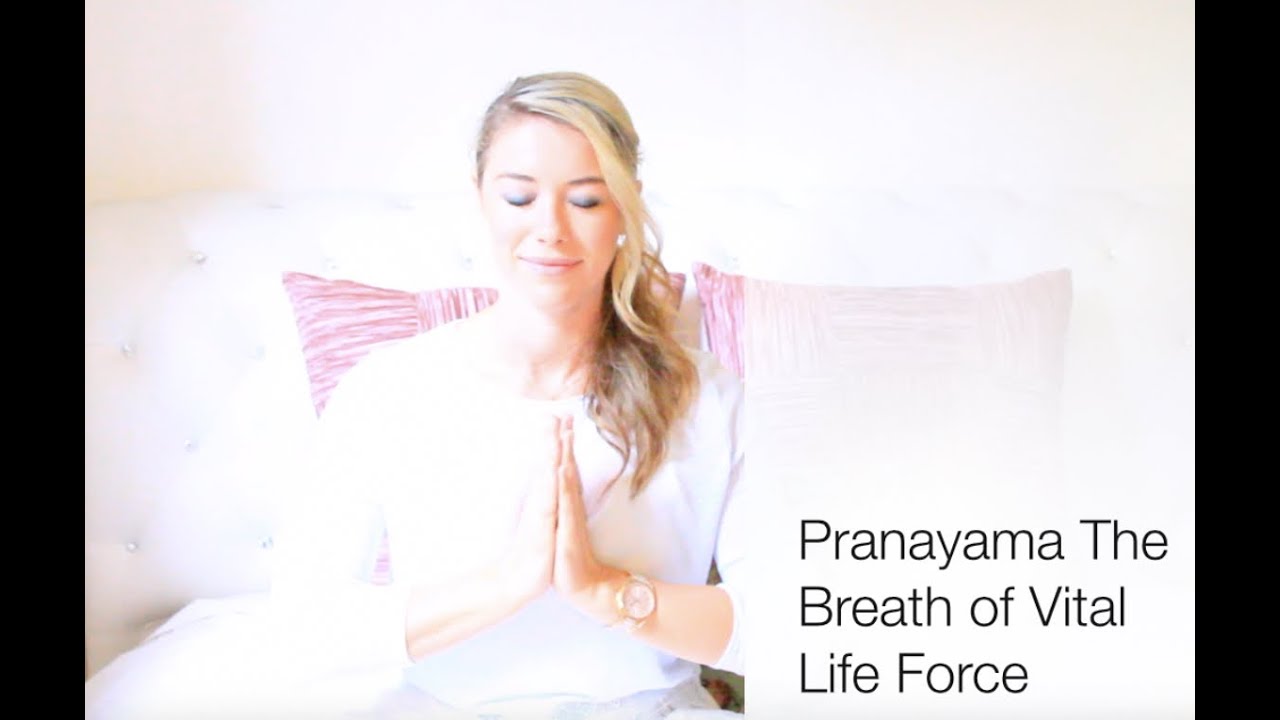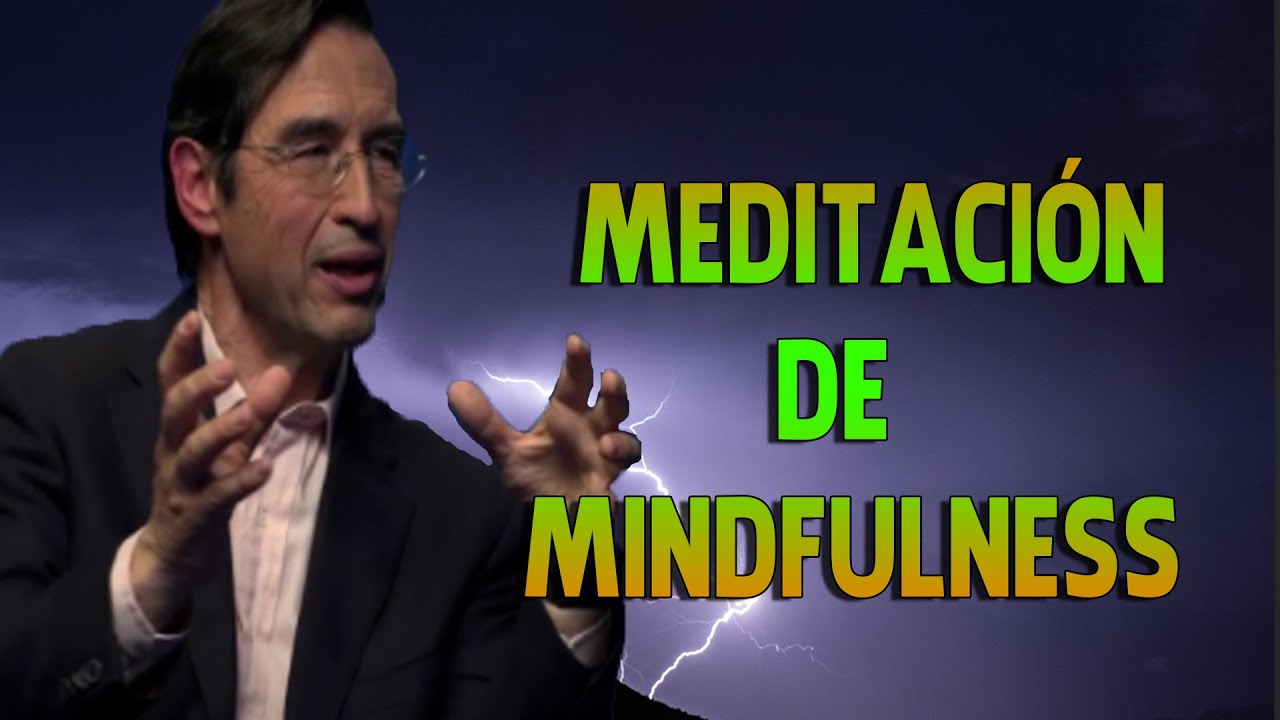JadoreVanessa
♡ Join my free 30 day flexibility program ♡
Details are on my website: http//:www.jadorevanessa.com
Join my flexibility facebook group at: https://www.facebook.com/groups/flexibilitytrainingwithvanessa
Stay in touch with me on:
https://www.instagram.com/jadore.vanessa/
https://www.pinterest.com/jadorevanessa/
Pranayama exercises are various styles of breathing techniques that Yogis use in enhance vital life force energy into the body. Today we are going to look at a beginner exercise called the natural breath.
Some of you at home may be thinking what does the word Pranayama really mean? Well Pranayama is comprised of two roots words being Prana and ayama.
Prana means vital energy
Ayama means life force. Affirming that this style of breath work increases vital energy into the body.
Ok so if you’re thinking you need to calm down and not wind up please stay with me here as Pranayama can actually help us with our levels of energy as well as calming us down.
Our breath is a vital process and not something in the western world we are really taught how to do. Breathing essential and is controlled by our parasympathetic nervous system, meaning that it is an automatic response that is performed unconsciously by the body. But there is good news it is something that we can consciously control by beginning to direct our attention there.
By triggering your PNS at will, can immediately lowers your sense of stress, brings health benefits like reducing blood pressure and strengthening the immune system, and lift your mood.
Most people breathe incorrectly, with a shallow breath into the lung which can leave the body deprived of oxygen.Rhythmic and deep slow respiration stimulates a calm and content state of mind.
So now that we know it’s great for our body and mind let’s begin with a short and easy exercise that you can practice at home. We will be using a natural breathing exercise, this will bring your awareness to the pattern of your breath and can be practised at any time.
Make sure you’re in a place where you feel safe to begin so that you can fully let go. Turn your mobile devices to silent so that you don’t have any distractions.
Begin by sitting in a natural and comfortable position. Make sure that your body is upright to start with otherwise you may find that if you lay down you may fall asleep.
When you’re ready to begin by closing your eyes.
Allow yourself to simply let go and relax the whole body.
Observe your natural breath and the breathing process.
Notice the rhythm that flows with your breath.
Close your mouth and allow the breath to flow in and out of the nose.
Don’t try and control the breath, allow yourself to simply be the observer.
Notice the freshness of the breath as it enters the nostrils and how it warms on the exhale.
Become a detached witness to your breath.
Bring your attention to your breath as it flows down and out of the back of your throat.
Observe your chest and how it begins to expand and deflate with each breath.
Shift your attention to the lower rib cage and observe the expansion and relaxation of this area.
Follow your breath down to your abdomen feel it expand and contract with each breath.
Following your breath all the way through the inspiration and expiration cycle.
Bring your awareness back to your physical body, place your hands over your beautiful face and slowly open the eyes.
You should be feeling a little more relaxed just from that short simple exercise. Try and practice this at least once a day.
Have a great week, sending you lots of love laughter and light!
Don’t forget to subscribe so that you never miss a segment and you can follow me on Facebook and Twitter.
Namaste!
Source




Just when i watch you , my parasympathetic system is activated … you are attractive and beautiful ?
Thanks for your video
Stupid bitch??♂️??♂️??♂️ ayams means to control, do your research and memorize your text instead of reading of a paper
I've done this everyday for the last 2-3 months haha! Thank you.
this is so true i suffer every day with my breathing and anxiety " and head tension n stress " i breath shallow n i struggle to cope with stress ' i 100percent belive in breathing excercises
I believe you have it Backwards:
Meditation reduces activity in the sympathetic branch of the involuntary nervous system. The parasympathetic branch of the involuntary nervous system predominates. This is the branch responsible for self-healing.
Persistent decrease in our parasympathetic leads to Heart Attacks, it decreases Acetylcholine (ACh), Nitric Oxide (NO) and Cyclic guanosine monophosphate (cGMP). (Journal of Electrocardiology 30:45-56)
Parasympathetic activation, like in women, decreases Heart Attacks by about 21%.
Amazinggg x
I really liked this, thank you!
I like the video. Very good energy!
Beautiful, beautiful, beautiful <3 love the simplicity and loving energy, will look for you on Instagram too! much love, kim xx